How to Service Farm Equipment: A Farmer's Guide to Zero Harvest Downtime
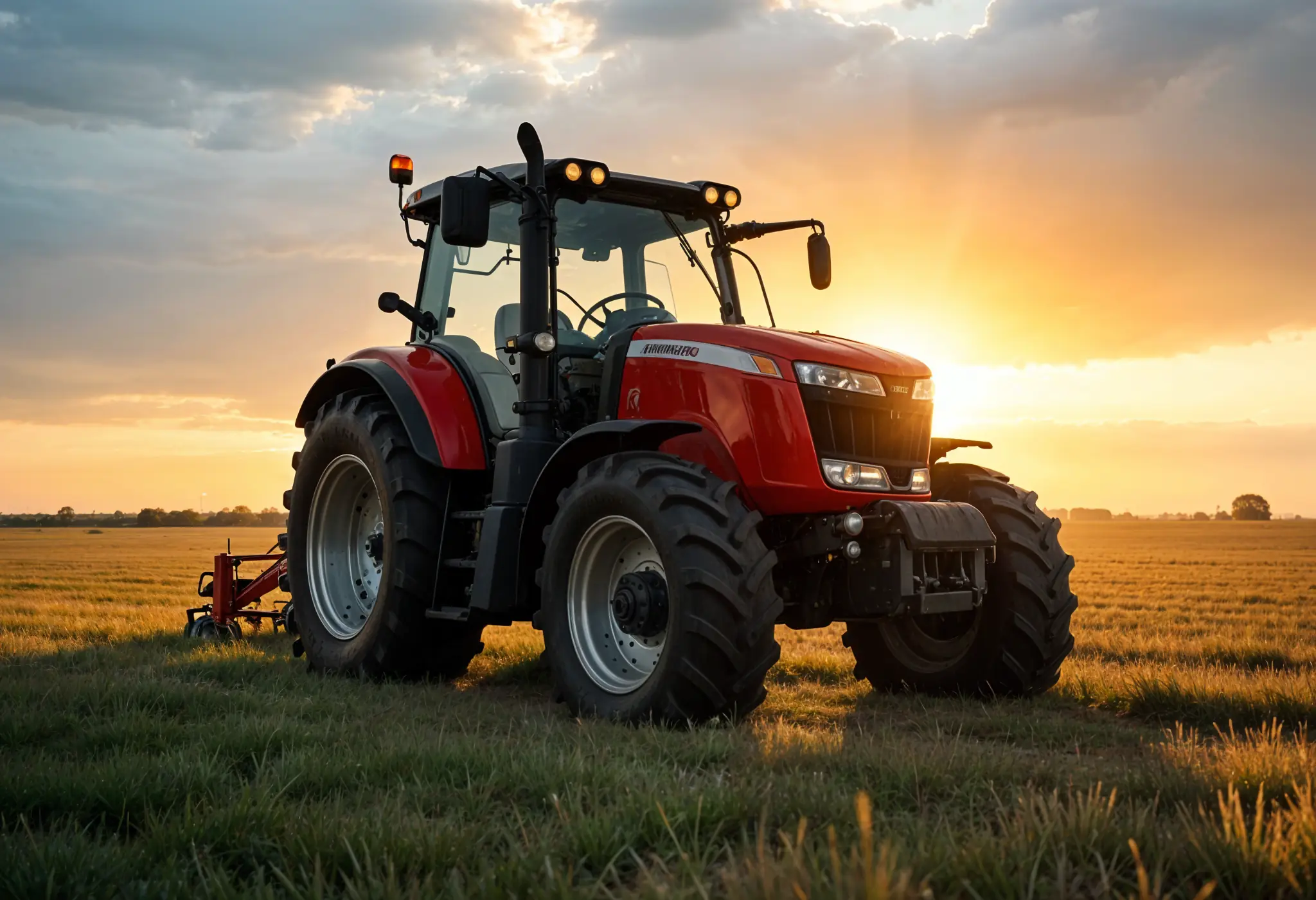
In this expert guide, you'll learn proven techniques for year-round farm equipment maintenance, agricultural equipment maintenance, and mid-season servicing—all designed to reduce harvest downtime, increase productivity, and extend equipment lifespan. Whether you're prepping for planting or powering through harvest, this guide has the answers.

Creating a Year-Round Farm Equipment Maintenance Schedule
A smart maintenance strategy starts with structure. By implementing a seasonal farm machinery servicing calendar, you can increase equipment life by up to 30% and prevent breakdowns during peak periods. This is the foundation of any successful zero downtime farming operation and your broader agricultural equipment servicing strategy.
Assessing Your Equipment Inventory
Begin with a full audit of every piece of farm machinery:
- Make/model/year of each machine
- Operating hours and condition
- Maintenance history (oil changes, repairs, breakdowns)
- Operational priority—tractors and harvest machinery usually top the list
Understanding your fleet allows you to set smarter schedules and allocate resources where they matter most. It’s also a core part of your preventive maintenance practices.
Setting Up Maintenance Intervals by Equipment Type
Different machines, different needs. Here’s a quick breakdown:
- Tractors & harvesters: Follow your tractor maintenance checklist every 250–500 hours
- Sprayers, seeders, planters: Service every 100–200 hours with a custom farm equipment oil change guide
Seasonal tip: Perform major farm equipment servicing and farm equipment repair during off-peak periods—winter for summer equipment, summer for winter gear. Winter is also ideal for deep off-season maintenance.

Using Farm Maintenance Software for Tracking
Digital farm maintenance software is no longer optional—it’s essential. The best systems help you:
- Set automated service reminders
- Track usage hours and downtime
- Manage parts inventory to avoid shortages
- Access repair manuals and diagrams from your phone
Explore the best farm maintenance software in 2025. Farmers who use digital tracking reduce missed maintenance by 25% and increase uptime by 20%.
Allocating Budget and Resources
Smart budgeting keeps your machines working without killing your bottom line. Set aside 5–8% of each machine’s value annually for repairs and preventive maintenance. Build this into your operational calendar.
Stock common wear parts:
- Engine filters, air filters
- Belts, hoses, gaskets
- Hydraulic fittings, lubricants
Browse high-quality farm equipment parts from MCH Parts to avoid shortages and ensure field-ready machinery at all times. Learn farm equipment dealer best practices to source the right components without delays.
Need help sourcing parts or building your year-round tractor service plan? Contact us for a custom parts consultation.
Pre-Season Farm Equipment Preparation
Most farm equipment failures occur during peak stress—harvest and planting. Pre-season agricultural machinery servicing and agricultural equipment maintenance help reduce breakdowns by 60%.
Full Equipment Inspection Checklist
Use this pre-season tractor inspection checklist:
- Frames and attachments: Look for cracks or wear
- Moving parts: Check for stretched chains, loose belts, failing bearings
- Hydraulic systems: Inspect hoses for leaks or dry rot
- Safety systems: Shields, guards, brakes, lighting
Record inspection notes and photos using your maintenance software to create repair logs and spot recurring faults. Use our farm equipment maintenance checklist to streamline this process.

Fluid Changes and Lubrication Mapping
Dirty oil equals damaged engines. Before each season:
- Drain and replace engine oil, hydraulic oil, transmission fluid
- Inspect and refill coolant (especially after winter)
- Grease all zerk fittings, including hidden points
Follow a structured tractor fluid check procedure every 50–100 hours.
Electrical System Inspection
Over 30% of field failures come from electrical faults. Check:
- Battery terminals and charge levels
- Wire harnesses for rodent damage
- Monitors, GPS, and sensors—update firmware and calibrate
Calibration and Test Runs
Don’t skip this: Run equipment at no-load, then under light load. Check for:
- Unusual sounds
- Vibration or lag
- Incorrect planting or spreading rates
Use proper farm machine calibration techniques to ensure accuracy.
If you're using older machines, consider farm equipment restoration to get them field-ready again.
Mid-Season Farm Equipment Servicing
Once your machines are rolling, consistent care is vital. Regular in-season service can reduce unexpected breakdowns by up to 90%. This is a vital part of any agriculture equipment service strategy.

Daily Maintenance Checklist
Before starting any engine:
- Check oil, coolant, fuel, hydraulic fluids
- Clean or replace air filters (especially in dusty fields)
- Inspect belts, chains, tensioners
- Listen for odd sounds and note anything unusual
Stick to a reliable daily tractor service routine to prevent failures.
Weekly Deep-Check Routine
Spend 1–2 hours weekly on:
- Tire inflation and sidewall checks
- Battery terminal corrosion
- Cooling system airflow
- PTO performance
- Frame bolts and mountings
Log everything in your software and assign follow-ups to your team.
Addressing Small Issues Early
Watch for:
- Fluid leaks—a drop of oil today = engine failure tomorrow
- Engine hesitation or vibration
- Slow hydraulics
Early signs of wear should be addressed through quick farm machinery repair techniques.
Build a Field Emergency Kit
You need this kit in every truck or tractor:
- Wrenches, screwdrivers, pliers
- Belts, hoses, clamps
- Fuses, zip ties, duct tape
- Battery cables, grease, wire

Harvest-Time Farm Equipment Reliability
The harvest window is short. Even a one-day breakdown can cost thousands. Here's how to avoid that with a solid harvest machinery strategy.
Pre-Harvest Audit: 2–3 Weeks Out
Perform a top-to-bottom audit:
- Inspect structural components (headers, bins, augers)
- Calibrate sensors, yield monitors, GPS
- Test cutting and threshing systems
- Check your critical parts inventory
Use farm software to compare current condition vs. last harvest and apply the combine harvester repair checklist if needed.
Critical Components to Monitor
During harvest, daily inspections should focus on:
- Cutting heads (knives, sickles, reels)
- Threshers and sieves
- Belts, drive chains, bearings
- Hydraulic leaks and overheating
These systems are under the most stress—catch wear before it turns into failure.

Quick-Fix Solutions for Common Harvest Issues
Keep these on hand in the field:
- Pre-cut spare belts
- Replacement hydraulic hoses
- Fuses, relays, multimeter
- Coolant, clamps, hose repair tools
Most breakdowns are predictable. In fact, 65% of harvest failures could’ve been prevented with a proper pre-harvest inspection and field-ready machinery checklist.
Need help preparing your harvesting equipment? Contact us for a custom consultation.
Conclusion
Farm equipment maintenance isn't just smart—it’s essential. By building a seasonal maintenance routine, tracking everything digitally, and staying ahead of wear, you reduce downtime, protect your investment, and secure a stronger harvest.
Use this guide to:
- Create a yearly agricultural machinery service plan
- Catch issues before they become emergencies
- Save time and money across every season
Need expert help sourcing parts or organizing your farm equipment maintenance workflow? Reach out to MCH Parts — we’ll help you keep your equipment reliable and harvest-ready.
FAQs
Q1. What daily tasks are essential?
- Check oil, coolant, fuel, filters, belts, and tire pressure as part of your daily tractor service routine.
Q2. How often should I service heavy machinery?
- Every 250–500 hours for tractors. 100–200 for sprayers. Use a structured tractor maintenance checklist.
Q3. How does farm maintenance software help?
- Tracks hours, sends service alerts, logs inspections, and reduces downtime. Crucial for any zero downtime farming plan.
Q4. What can I do to avoid breakdowns during harvest?
- Conduct a full audit 2–3 weeks before. Monitor critical components daily and follow a combine harvester repair checklist.
Q5. What’s in a good emergency kit?
- Tools, hoses, fuses, tape, grease, clamps, and zip ties. A well-packed emergency repair kit for farming can cut downtime by 75%.
Read More
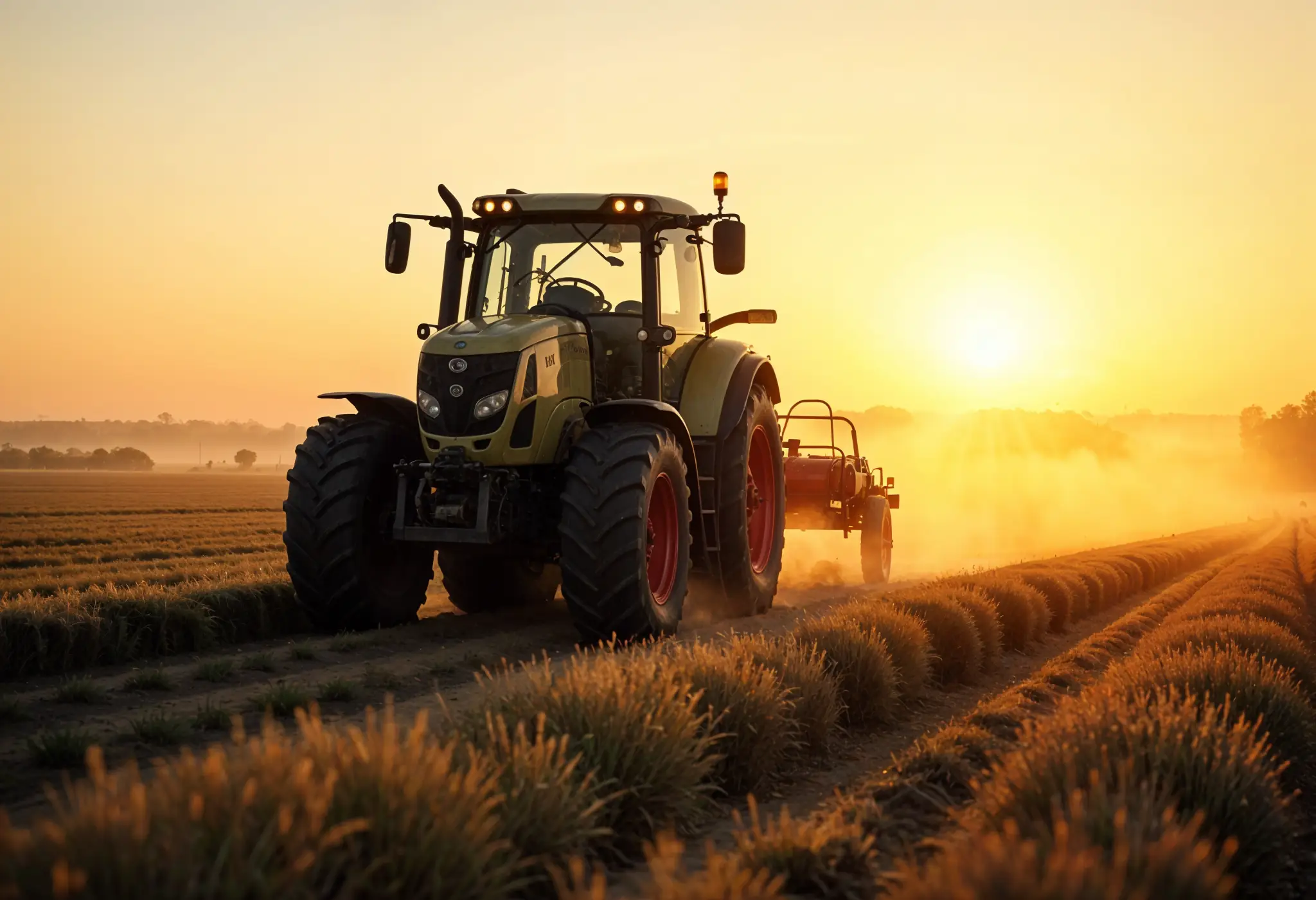
Top Hydraulic Components for Agricultural Equipment in 2025: Complete Guide
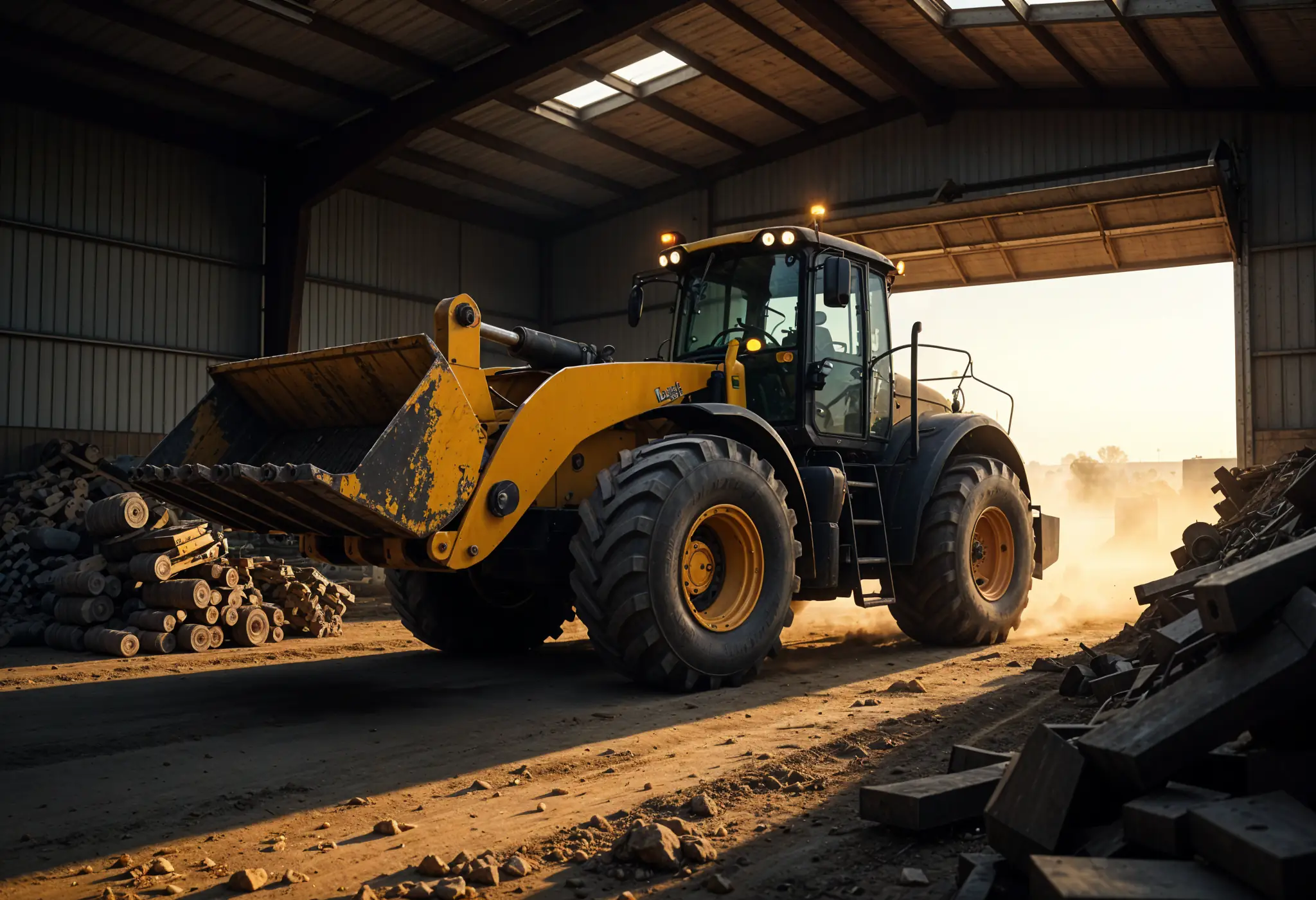
The Essential Farm Equipment Parts You Can't Afford to Run Out Of

How to Service Farm Equipment: A Farmer's Guide to Zero Harvest Downtime
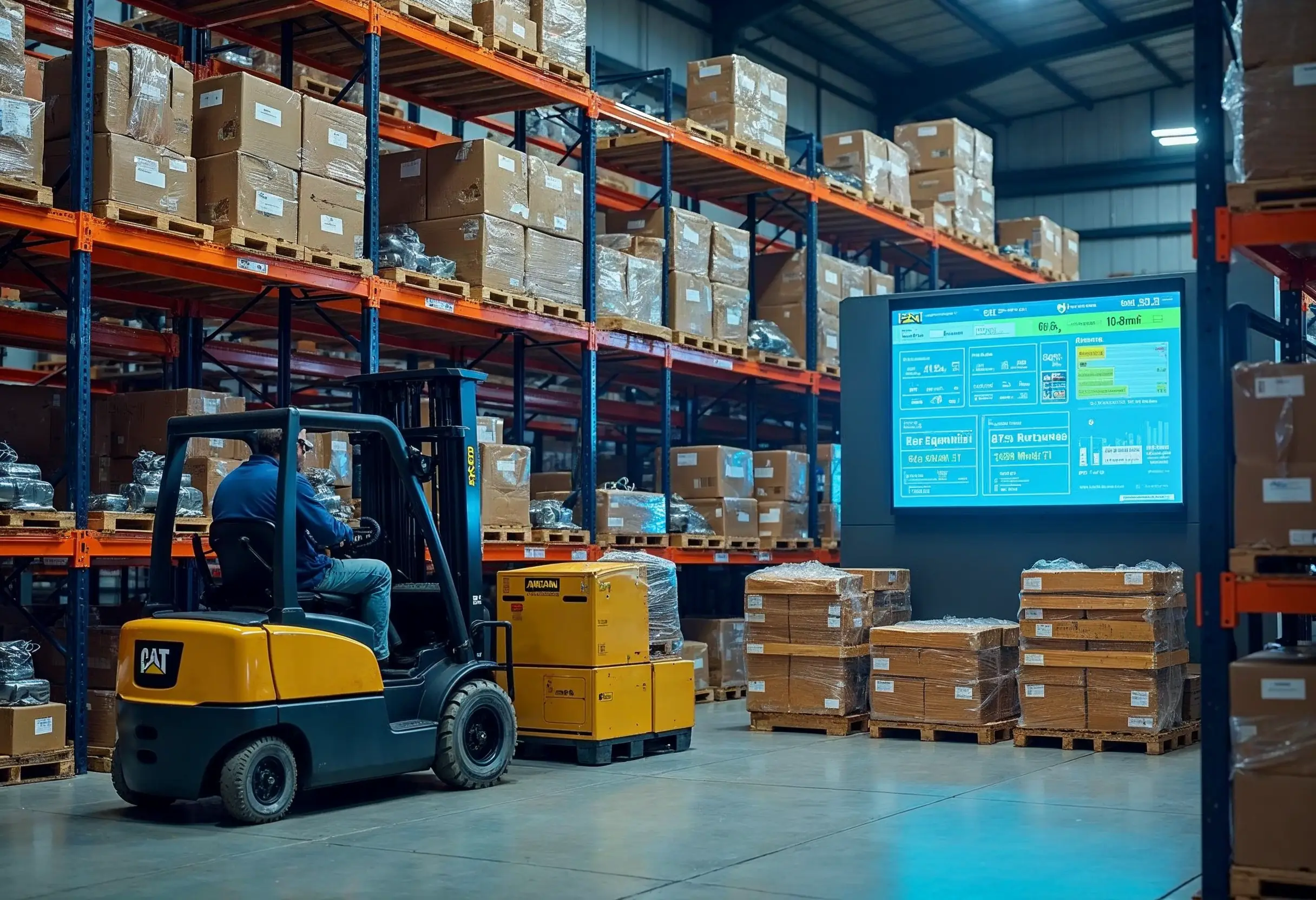
Construction Machinery Parts Suppliers: Expert Selection Guide
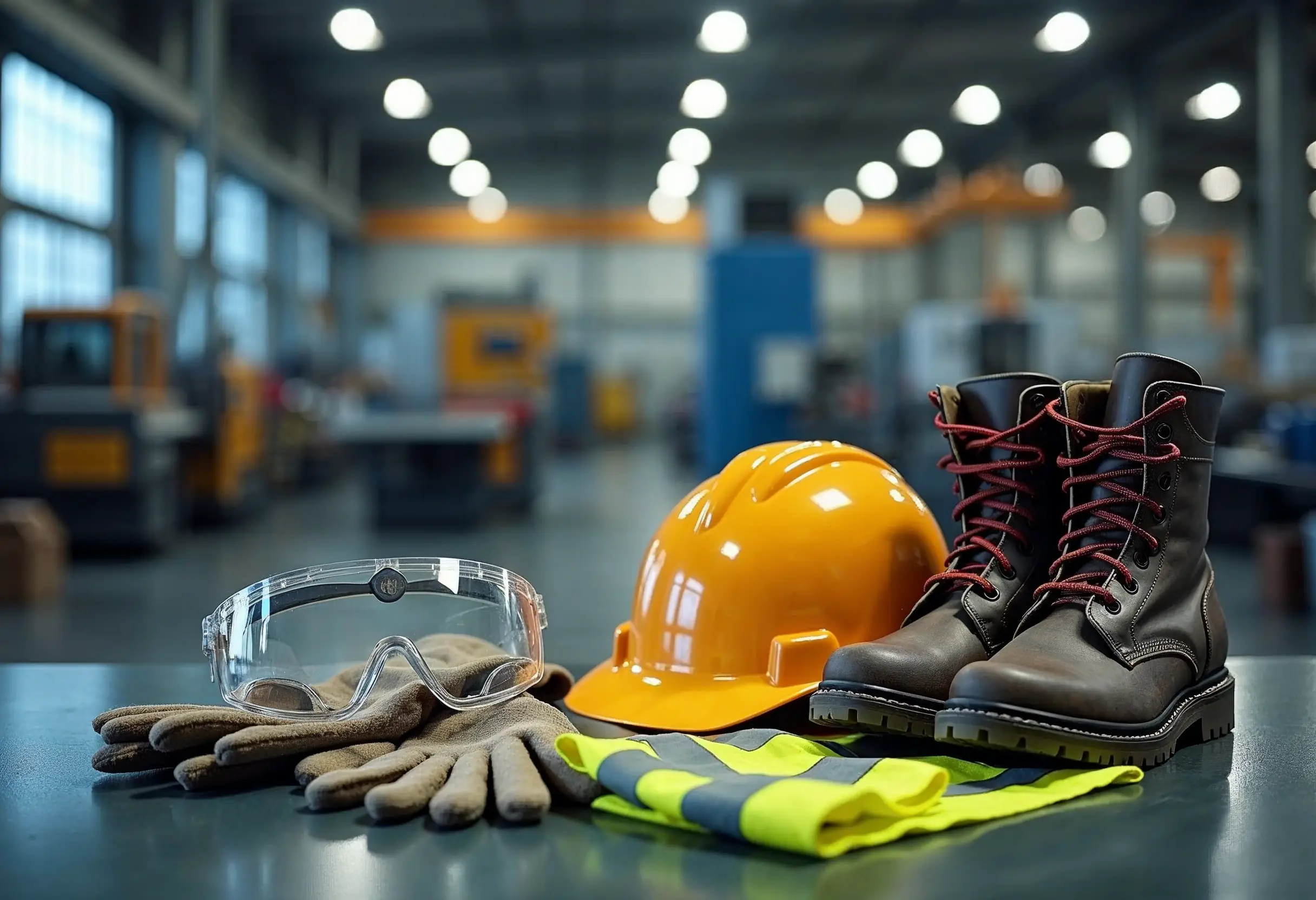
How to Apply Machine Safety Rules: From Selection to Installation

Smart Diagnostics Cut Heavy Equipment Failures by 73%

5 Ways to Assess the Environmental Impact of Heavy Construction Machinery

10 Smart Ways to Pick Construction Machinery for 2025 Projects
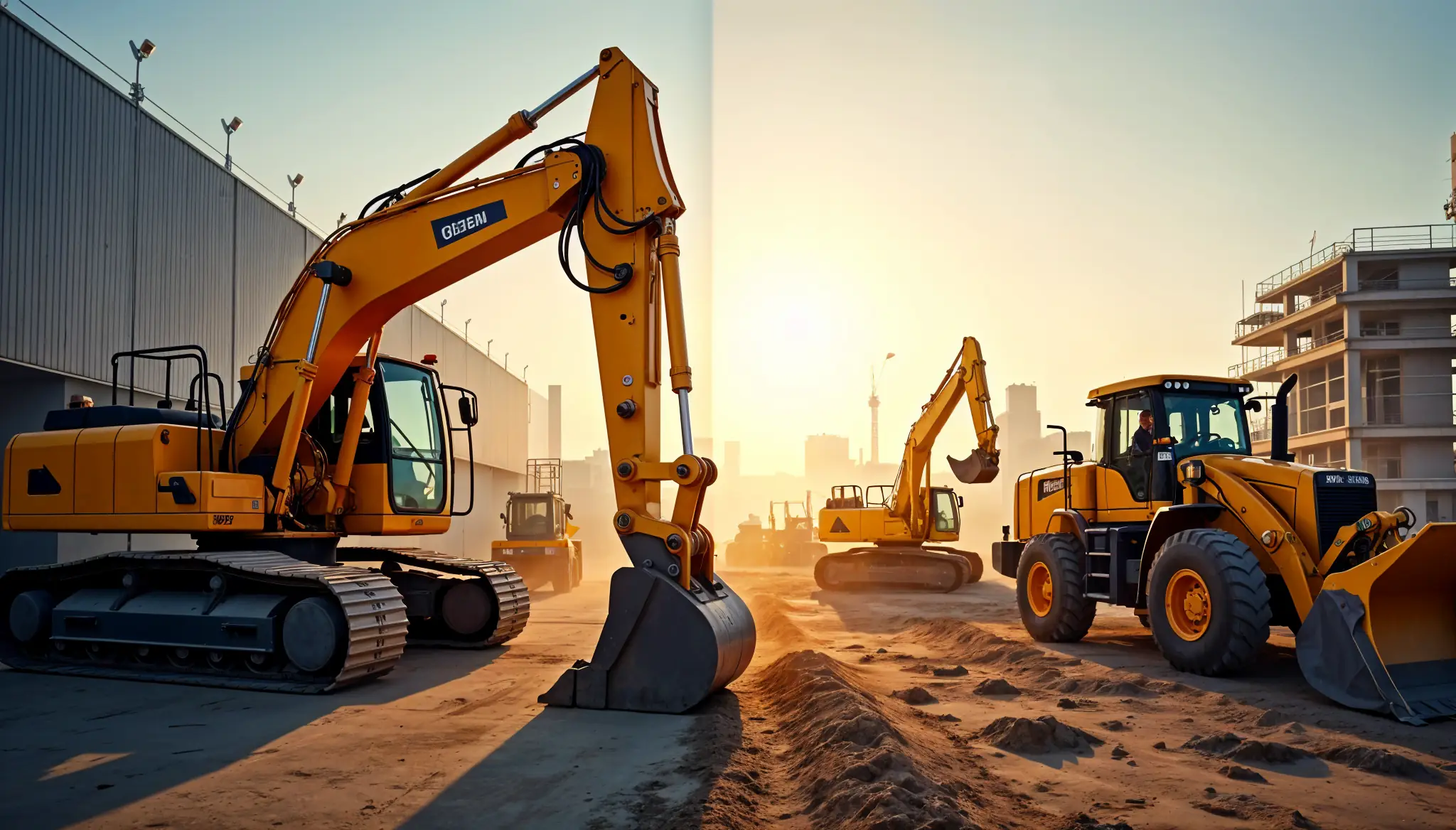
Rent vs Purchase Equipment: What Heavy Industry Experts Hide

How to Implement a Construction Inventory Management System for Equipment Efficiency
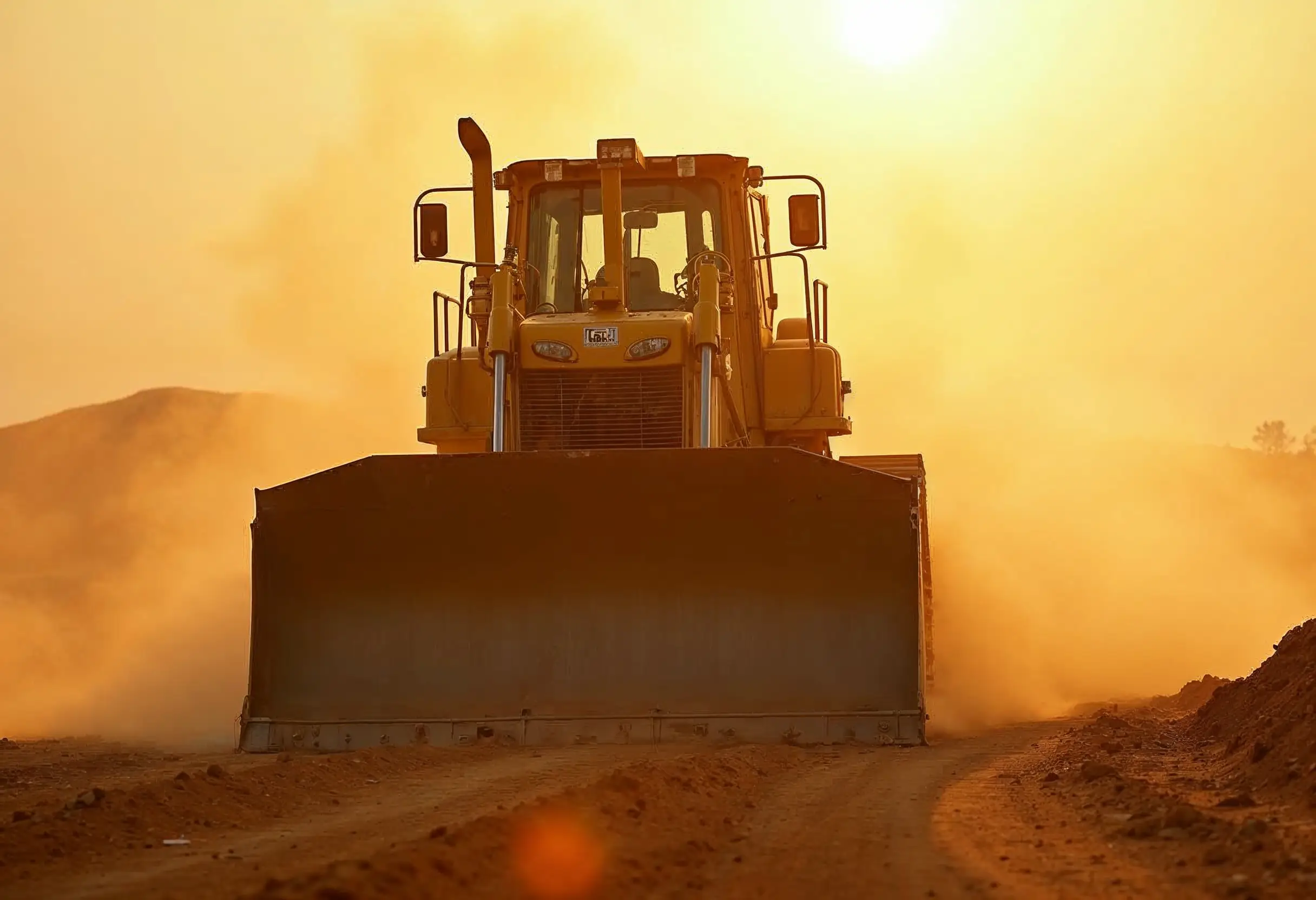
How to Extend Equipment Life Expectancy with Regular Maintenance

Advanced Heavy Equipment Diagnostic Tools: Ensuring Construction Machinery Quality
Essential Features Your Construction Equipment Inventory System Needs
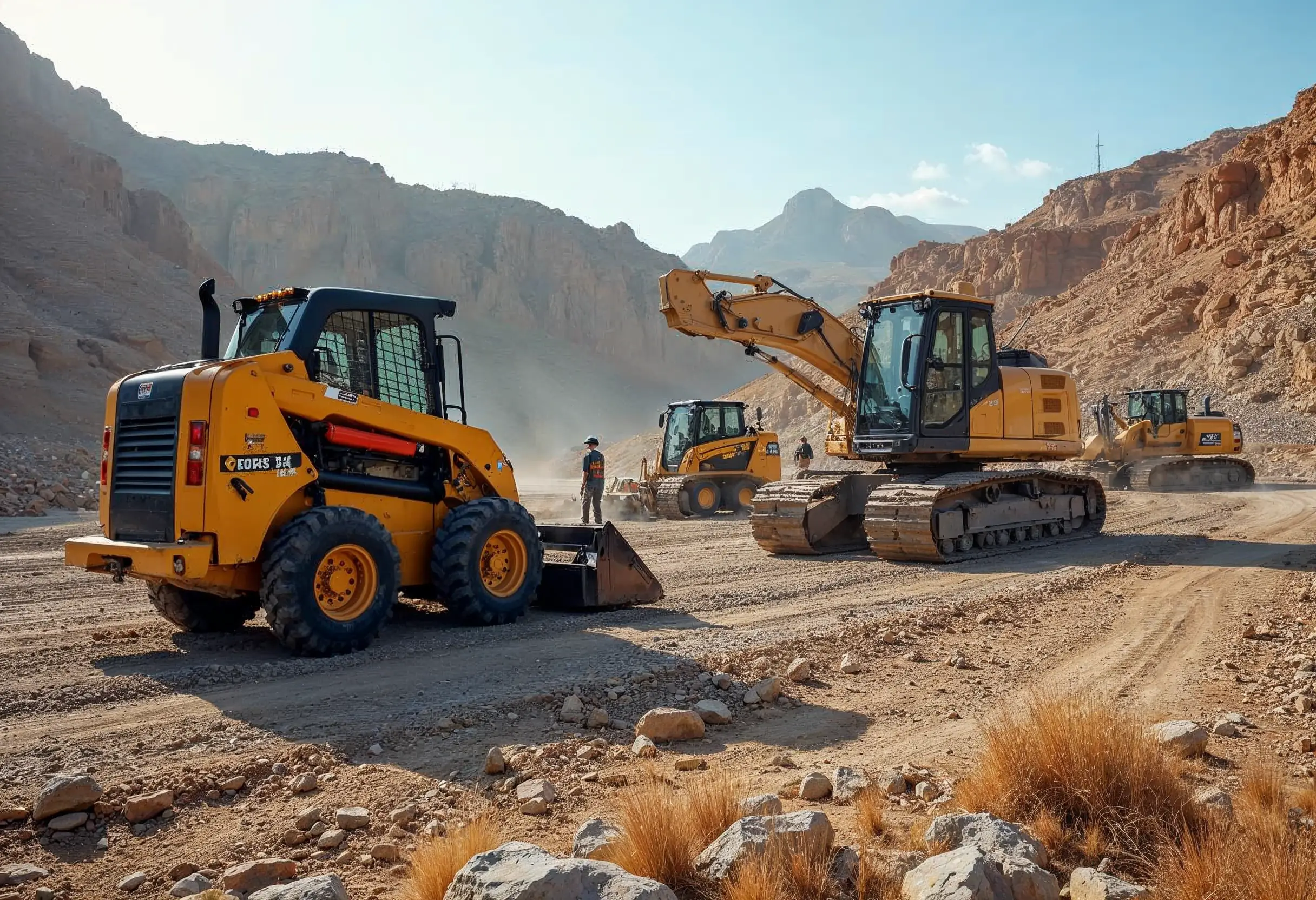
29 Quick Tips for Choosing Construction Equipment for Remote Locations

How to Select Construction Machinery with Optimal Equipment Maintenance in Mind
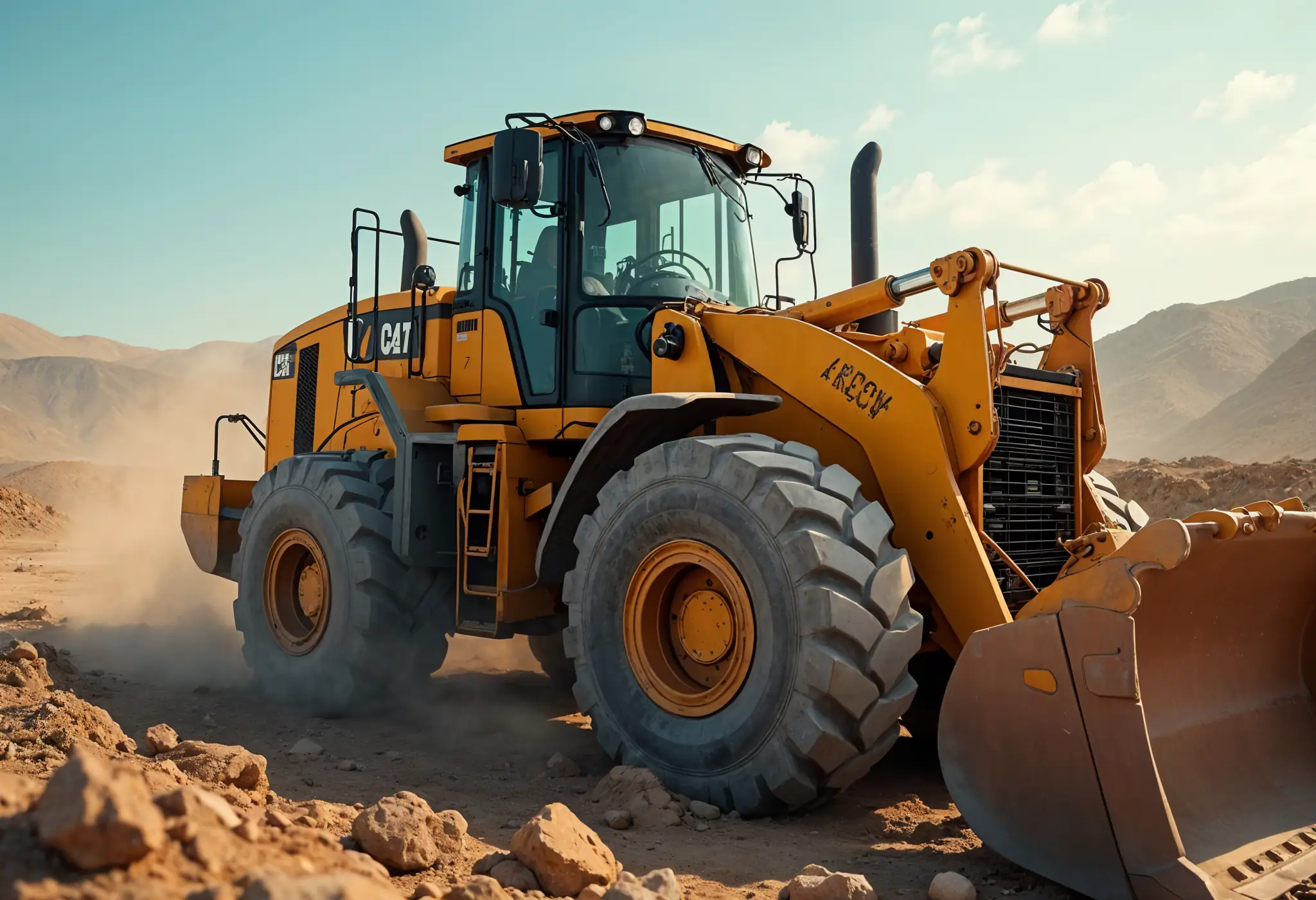
Top 25 Tips for Selecting Bulldozers for Construction Sites
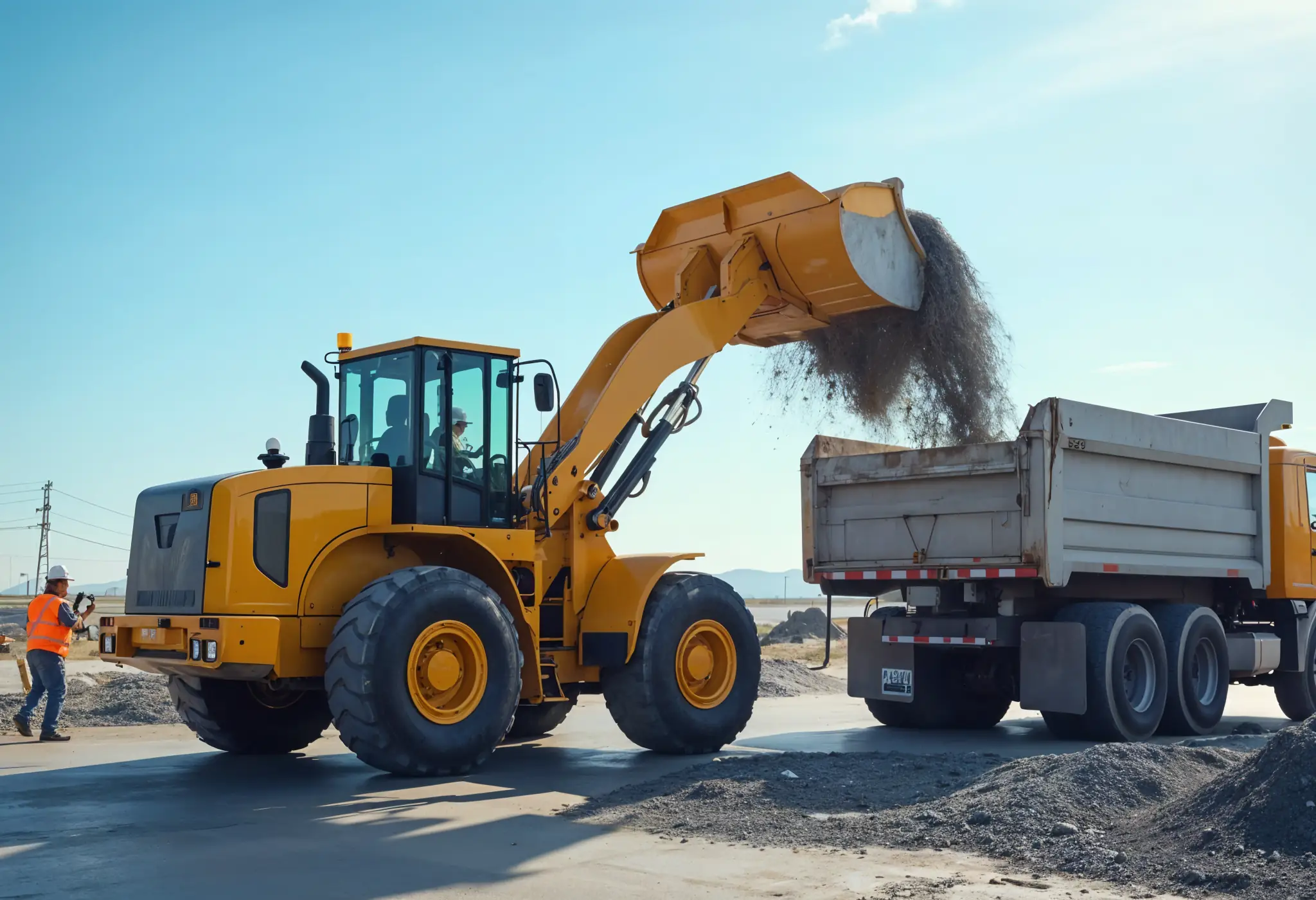
Which Construction Loader is Best for Your Project Needs?

4 Key Steps to Form a Construction Machinery QC Team

15 Essential Tips for Selecting the Perfect Crane for Construction

Maximize Savings: Multi-Purpose Construction Machinery for Lower Costs
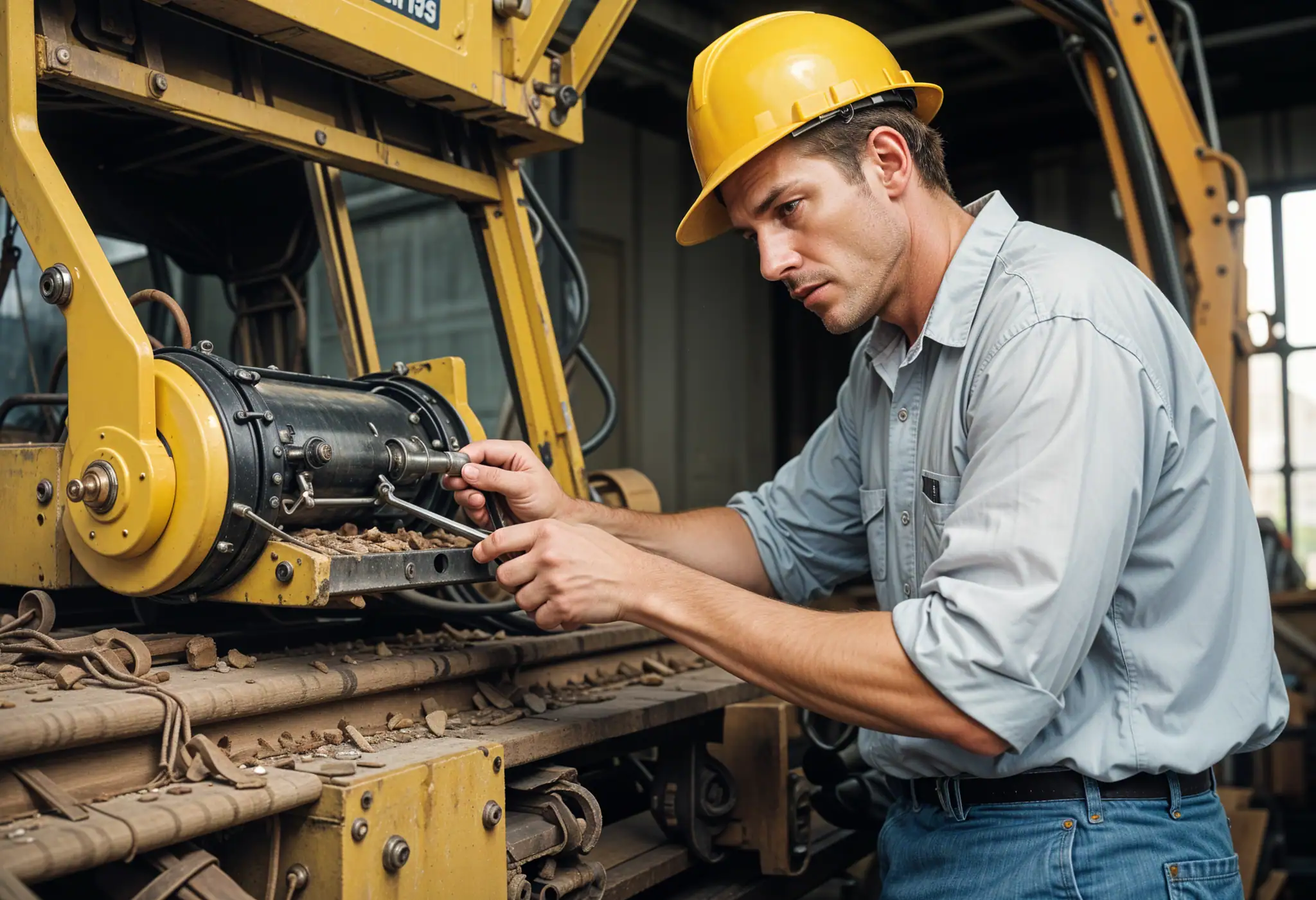
Affordable Heavy Equipment Parts: A Sourcing Guide
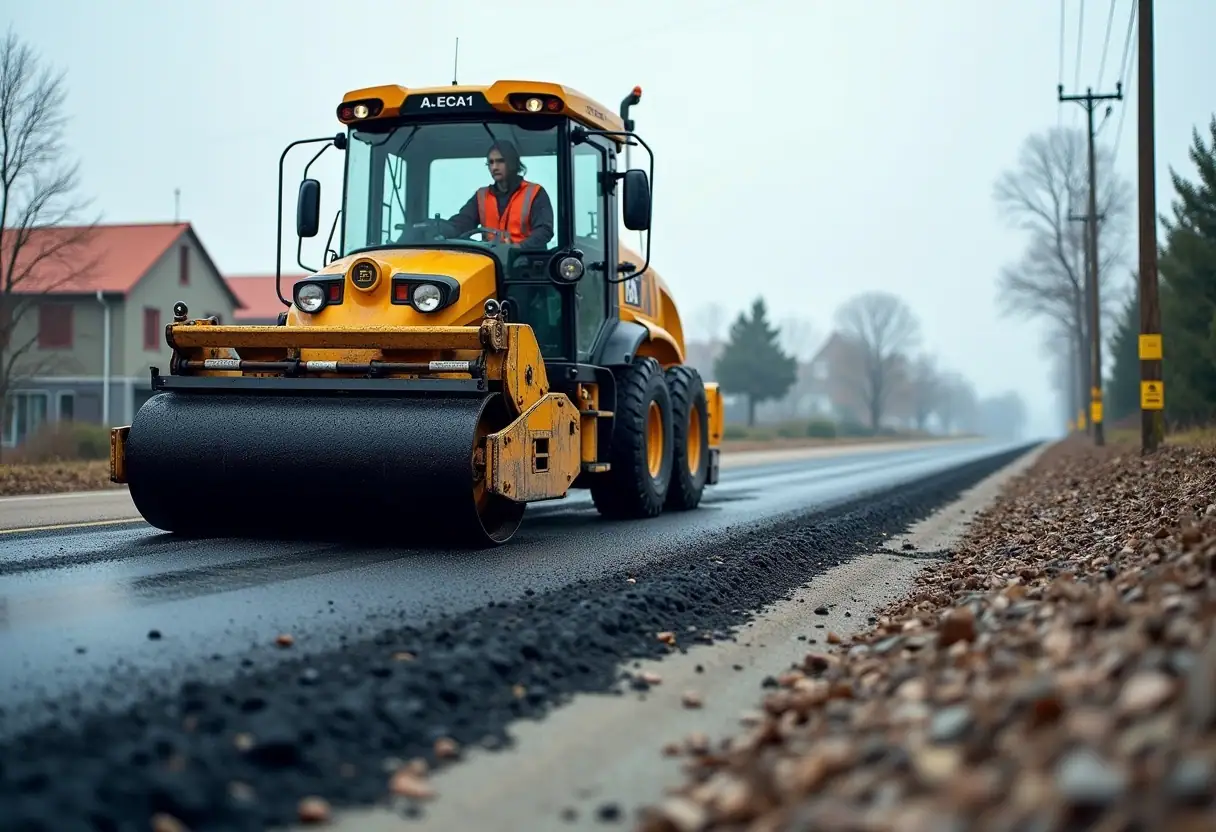
Choosing the Right Road Construction Equipment: A Complete Guide
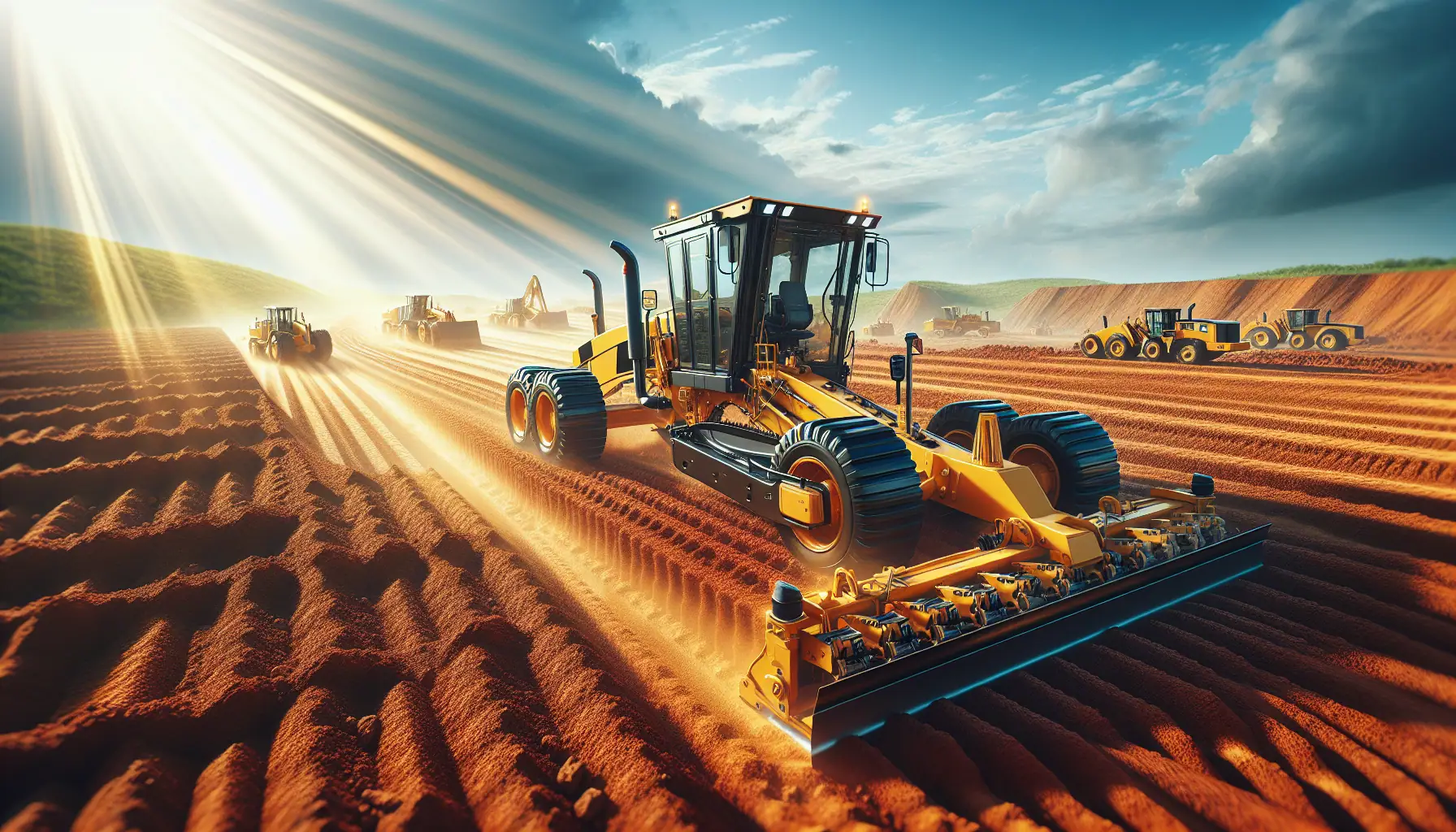
Motor Graders: Key Elements to Consider for Optimal Selection

A Detailed Guide to Choosing Excavators for Construction Work

Top Tips for Choosing Cranes for Construction Projects
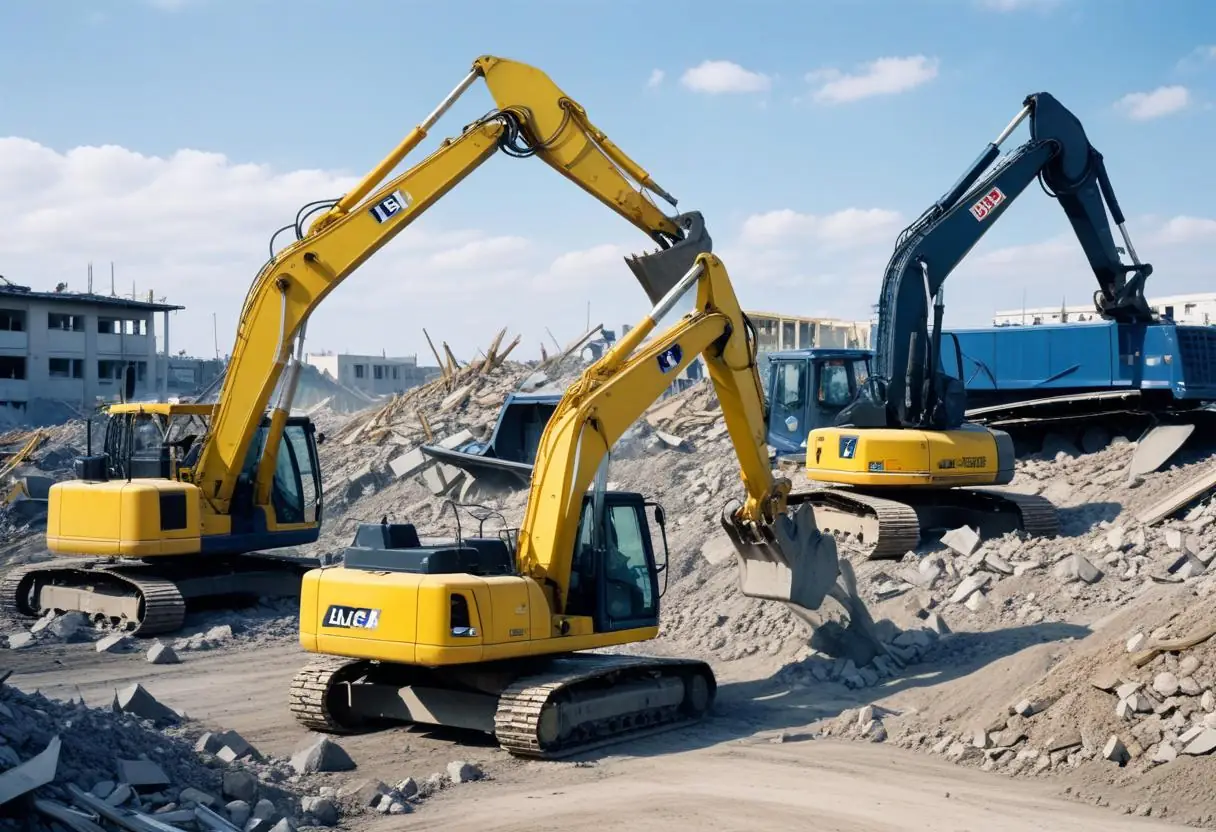
5 Top-Rated Demolition Machines for Construction Professionals

Expert Tips on Choosing Earthmoving Equipment for Large Projects
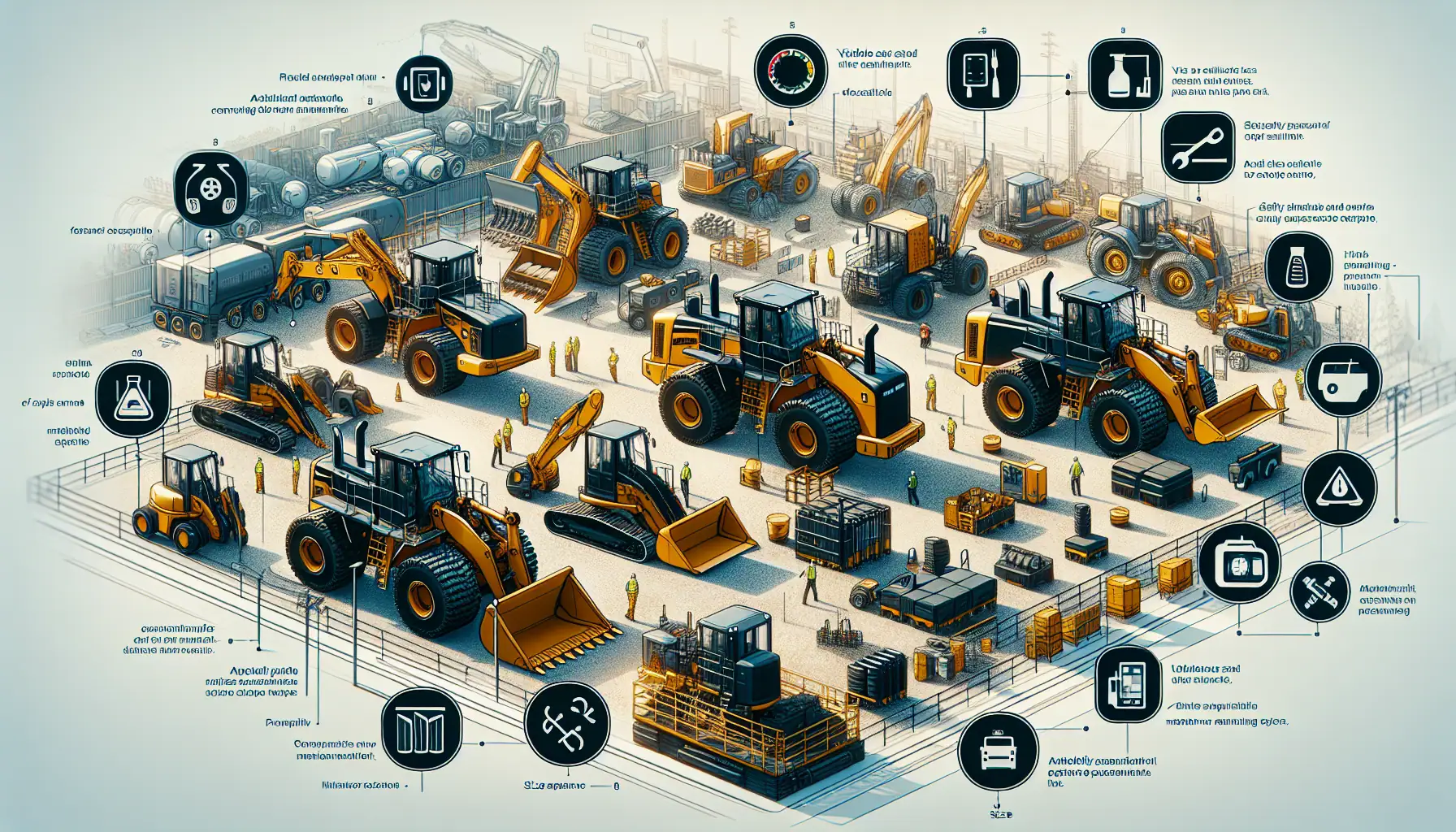
Top Functional Criteria for Selecting Heavy Construction Equipment

Construction Machinery: Detailed Guide to Equipment Specifications

Heavy Machinery Prices: Key Factors in Cost and Quality Balance
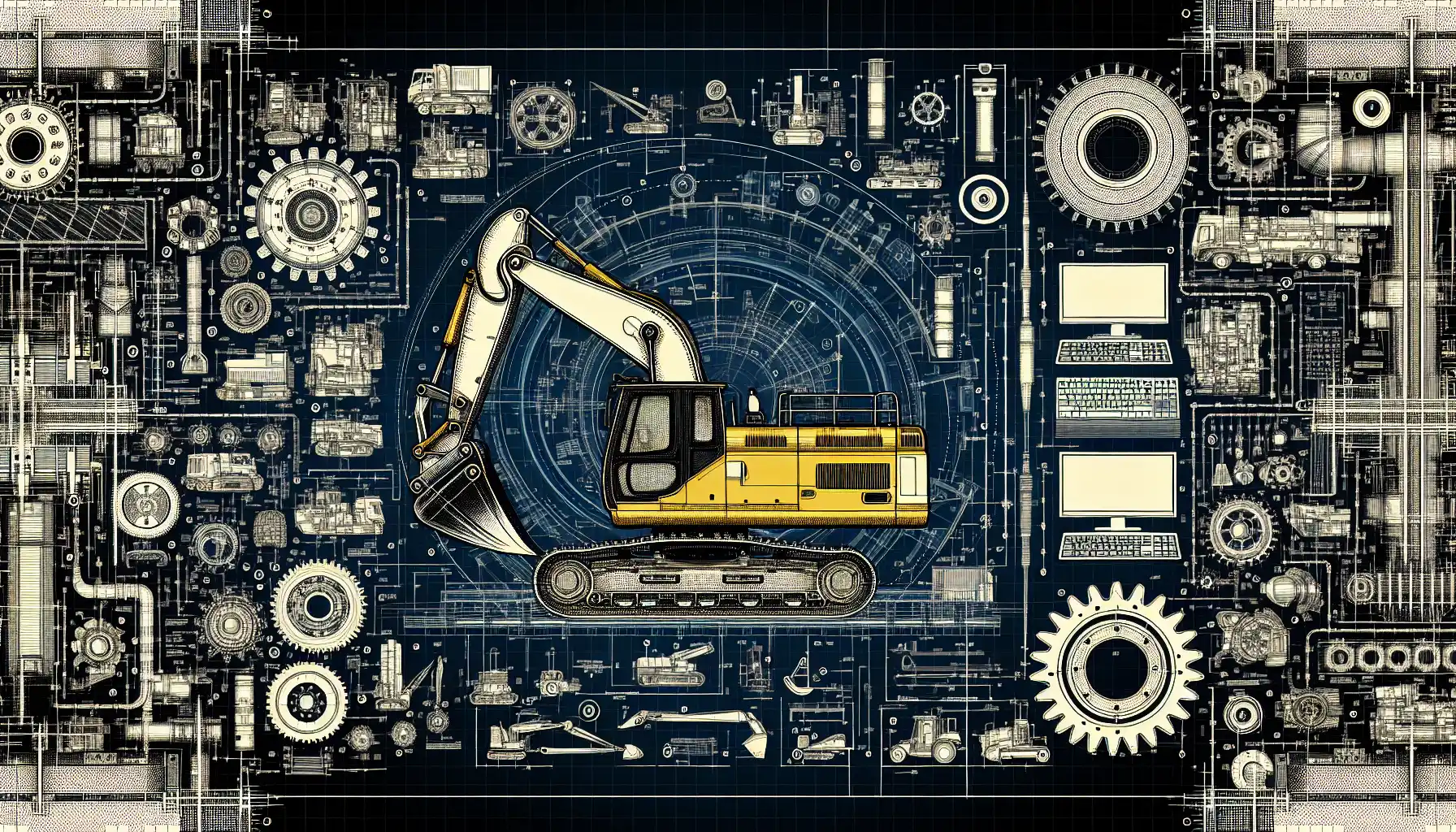
Best Construction Heavy Equipment Brands: Pros and Cons

Construction Site Equipment: How to Determine Your Requirements
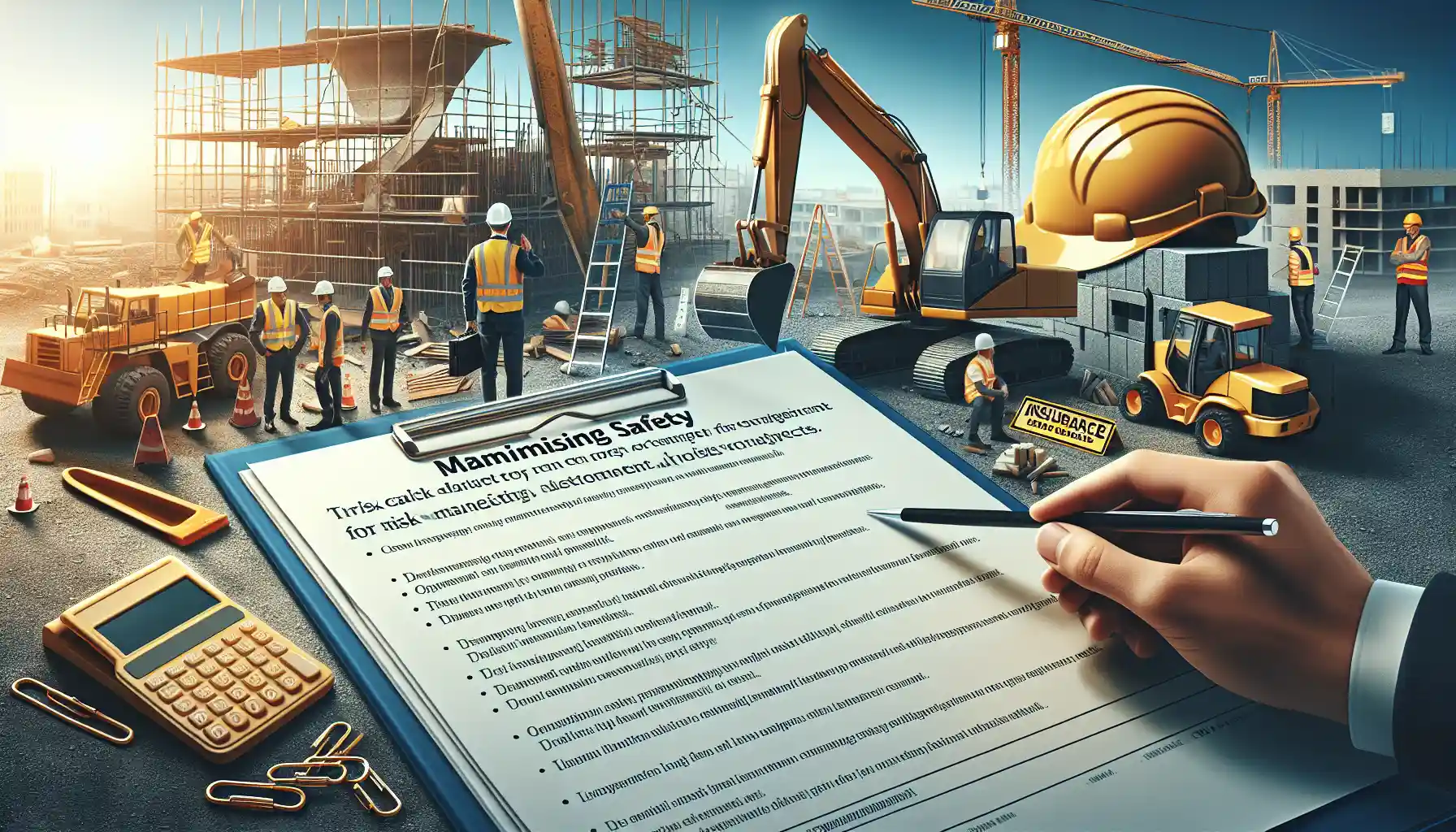
Maximizing Safety: Risk Management for Construction Projects

Innovations in Construction: Transforming Machinery and Equipment

Heavy Equipment Safety: Beyond the Basics in Construction Compliance

The Essential Handbook for Construction Equipment Repair and Maintenance

How to Efficiently Source Oil and Gas Machinery Parts in NYC

Essential Guide to Sourcing Agriculture Equipment Parts

How to Source Mining Machinery Parts: Tips and Strategies
